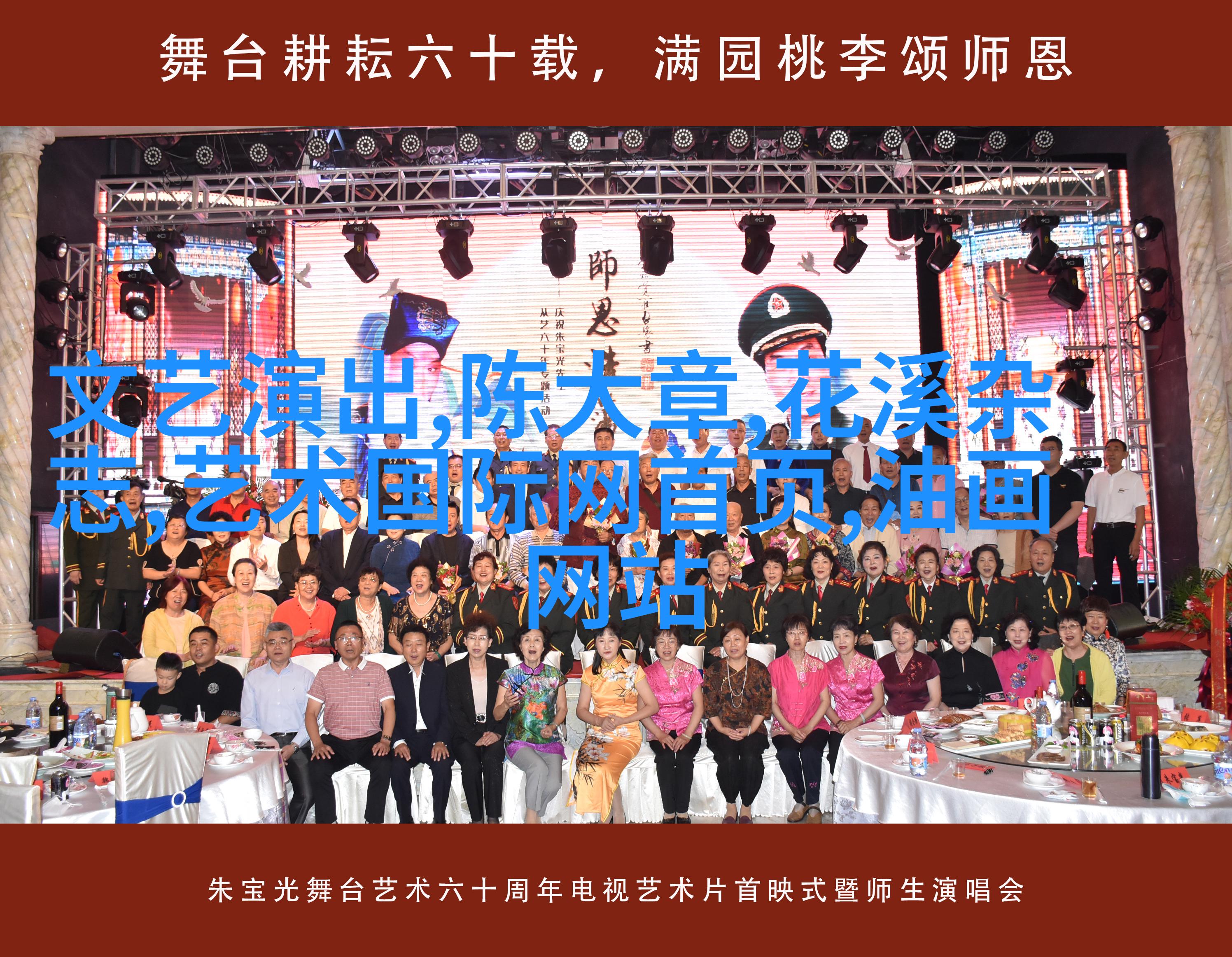艺术教育画出梦想的轨迹
什么是艺术生?

在众多的学科中,艺术教育作为一种特殊的课程,被视为培养学生审美情趣、创造力和创新能力的重要途径。然而,在传统意义上,“艺术生”这个词往往与那些在绘画、音乐、舞蹈等领域表现突出的学生联系在一起。但是,实际上任何一个接受过系统性艺术教育的人都可以被称为“艺术生”,无论他们将来是否选择以此为职业。
艺术教育与普通教育的区别

普通教育主要侧重于知识传授,而艺术教育则更注重过程和体验。它不仅仅教授技巧,更重要的是培养学生对美学价值观念的理解和批判性思维。在这一过程中,老师们扮演着引导者和伙伴的角色,与学生一同探索创作世界。
艺术生的特质

艺术生通常具备丰富的情感表达能力,他们能够通过不同的媒介(如绘画、雕塑、文学或音乐)表达自己的思想和感受。此外,他们还擅长发现问题并寻找解决方案,这种创新精神也是他们成功的一大关键因素。尽管如此,不乏有才华横溢却缺乏自信或组织能力的问题儿童,也正是在这些方面需要通过专业指导进行加强。
如何成为真正的“艺人”

成功地成为一名真正意义上的“艺人”,并不仅仅是天赋,还包括了不断学习和实践。而对于那些未来的工程师或者商业精英来说,只要掌握了基本的手工技能,比如绘画或者书法,那么这也是一种非常好的方式来放松心情,同时也能锻炼大脑,使其更加灵活多变。
学校如何支持艺术生的发展

Schools and educational institutions play a crucial role in nurturing the artistic talents of students, providing them with resources such as art studios, music rooms, libraries filled with books on art history and theory, as well as opportunities to showcase their work through exhibitions or performances.
家庭环境对孩子成长至关重要
Family environment also has a significant impact on a child's growth into an artist or any other professional field for that matter. Parents who encourage curiosity and exploration can help foster creativity in their children by providing access to materials like paints, canvases, musical instruments etc., creating opportunities for creative expression at home.
未来的趋势与展望
As technology continues to advance and become more integrated into our lives, it is likely that the way we approach art education will change significantly too.
The future of arts education may involve greater use of digital tools and platforms for both teaching and learning.
This could include virtual reality experiences that allow students to explore historical artworks or create their own three-dimensional models.
It could also involve collaboration between artists from different disciplines working together on projects that push the boundaries of what we consider "art".